Juan A. Nolazco-Flores
Near to Mid-term Risks and Opportunities of Open Source Generative AI
Apr 25, 2024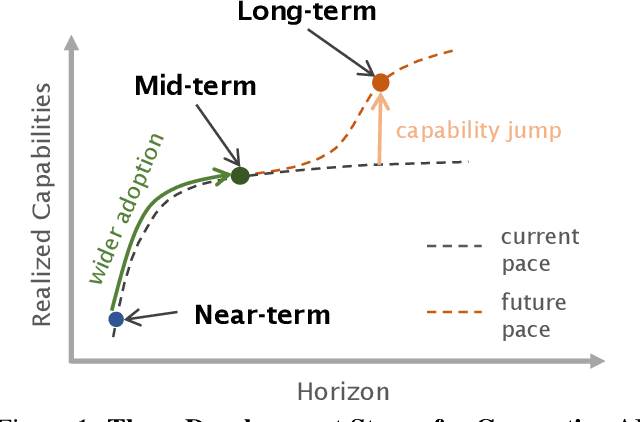
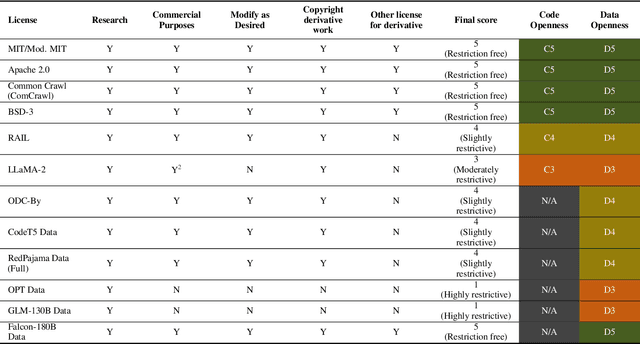
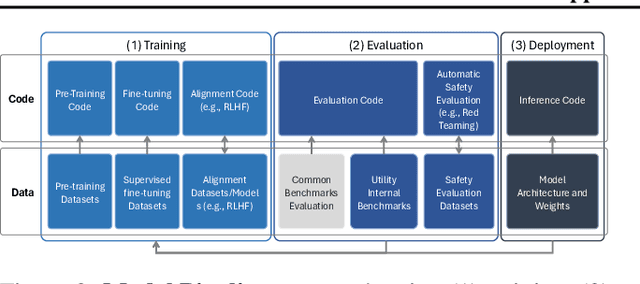
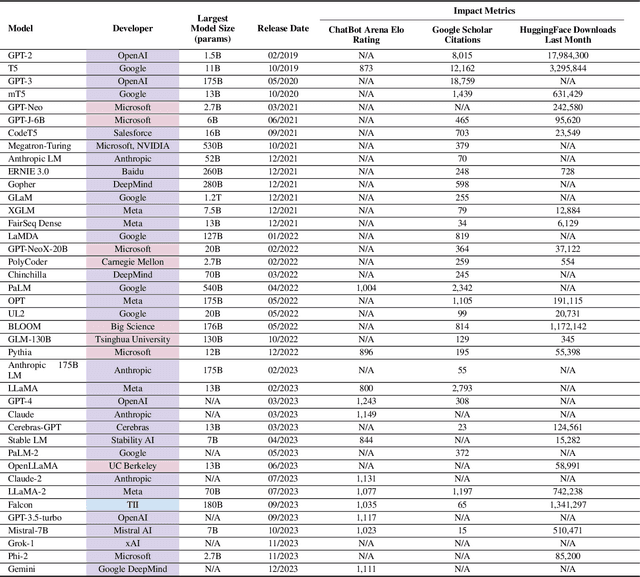
Abstract:In the next few years, applications of Generative AI are expected to revolutionize a number of different areas, ranging from science & medicine to education. The potential for these seismic changes has triggered a lively debate about potential risks and resulted in calls for tighter regulation, in particular from some of the major tech companies who are leading in AI development. This regulation is likely to put at risk the budding field of open source Generative AI. We argue for the responsible open sourcing of generative AI models in the near and medium term. To set the stage, we first introduce an AI openness taxonomy system and apply it to 40 current large language models. We then outline differential benefits and risks of open versus closed source AI and present potential risk mitigation, ranging from best practices to calls for technical and scientific contributions. We hope that this report will add a much needed missing voice to the current public discourse on near to mid-term AI safety and other societal impact.
A Tutorial on Deep Neural Networks for Intelligent Systems
Mar 23, 2016
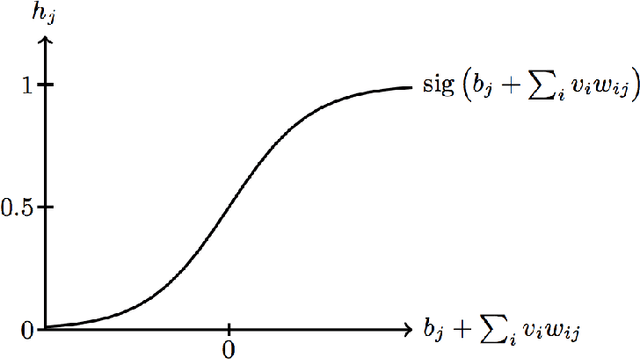
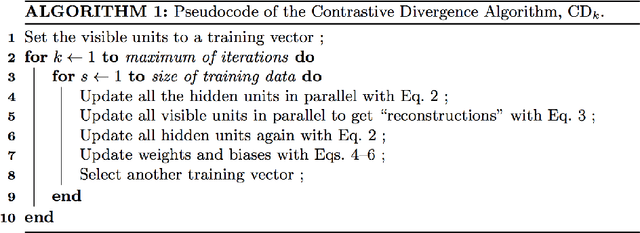
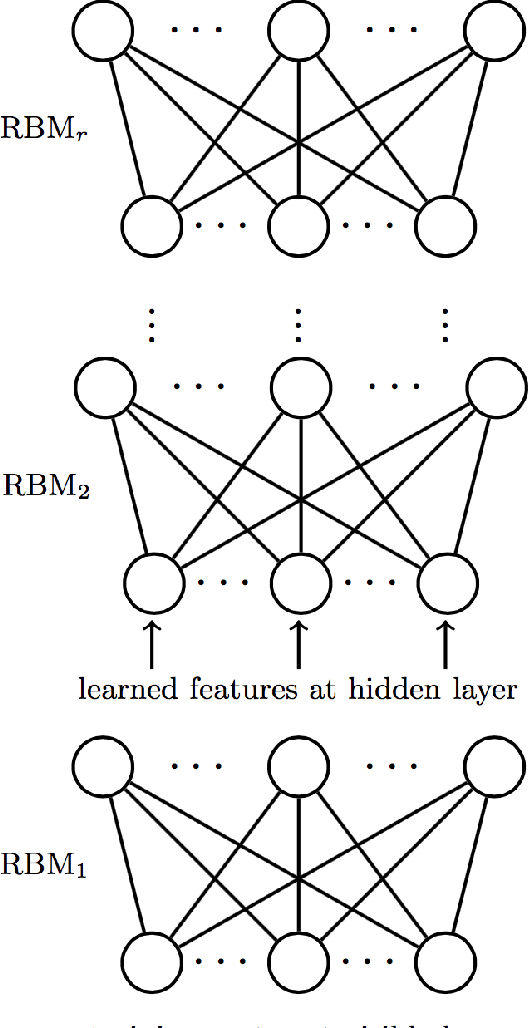
Abstract:Developing Intelligent Systems involves artificial intelligence approaches including artificial neural networks. Here, we present a tutorial of Deep Neural Networks (DNNs), and some insights about the origin of the term "deep"; references to deep learning are also given. Restricted Boltzmann Machines, which are the core of DNNs, are discussed in detail. An example of a simple two-layer network, performing unsupervised learning for unlabeled data, is shown. Deep Belief Networks (DBNs), which are used to build networks with more than two layers, are also described. Moreover, examples for supervised learning with DNNs performing simple prediction and classification tasks, are presented and explained. This tutorial includes two intelligent pattern recognition applications: hand- written digits (benchmark known as MNIST) and speech recognition.
 Add to Chrome
Add to Chrome Add to Firefox
Add to Firefox Add to Edge
Add to Edge